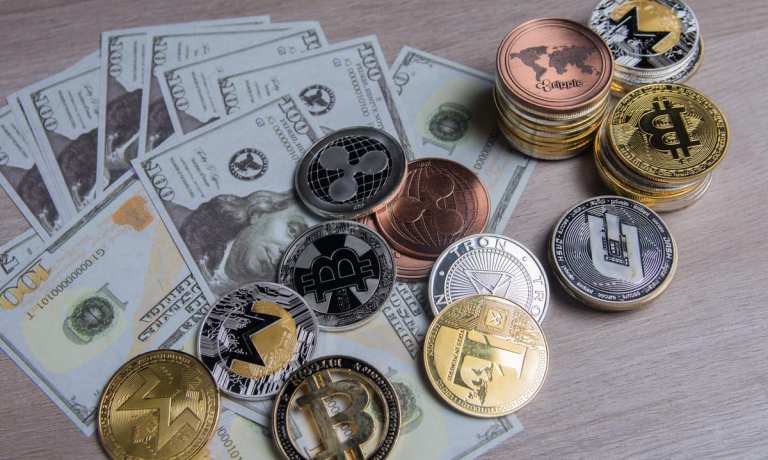Stablecoin Outlook Anything But Stable As Regulation, Legislation Loom

Facebook’s Libra (OK, now it’s been renamed to Diem) looms as 2021 dawns – maybe – and in a form diminished from its initial ambitions back in 2019, to disrupt the monetary system itself.
And legislation looms here in the United States that would set regulatory hurdles – and, depending on how you look at it, guardrails – on stablecoins in general.
As reported last week, new legislation has debuted on Capitol Hill that would mean companies that want to issue stablecoins would have to get bank charters and regulatory approval in place before issuing the digital currencies.
It seems to be the case, then, that stablecoins may be regulated to the point where they are an adjunct to fiat – and to the modern monetary system that has been in place for decades – rather than a wholesale replacement.
The bill text mandates that it will be unlawful for people “to provide any stablecoin-related service, or otherwise engage in any stablecoin-related commercial activity, including activity involving stablecoins issued by other persons,” without the appropriate approval from the government.
Casting a Wide Net
The legislation would also cover stablecoins that are “denominated in United States dollars or pegged to the United States dollar, or denominated in or pegged to another national or state currency.”
That’s a pretty wide net, as it would cover any number of stablecoins pegged to single currencies or baskets of currencies. That would, of course, include Diem, backed by the consortium of tech companies, Facebook among them, aiming for a 2021 launch. The stablecoin will reportedly bow as a digital coin backed by the U.S. dollar, and then different coins will be offered, each backed by a different currency.
The issue is that, Facebook aside, many of these coins, which are in the process of being launched or even yet to be conceptualized, will be “minted” by a slew of smaller FinTech and non-bank companies (including those focused on blockchain), with relatively limited resources to devote to hurdling regulatory challenges. Companies that seek to issue stablecoins will have to get approval from the Fed, the FDIC and other regulators at least six months prior to launch.
In terms of mechanics, these companies would have to maintain master accounts at the Federal Reserve and must maintain segregated accounts with the Fed, with reserves fully collateralized and convertible into dollars on demand.
The legislation – unlikely to make it through the current Congressional session, where time is running out – offers a glimpse into the concerns that legislators and regulators have over stablecoins. The sponsors of the bill state that the goal is to protect vulnerable populations (i.e., mainstream consumers) from risk. But it also signals intent to keep large swaths of the monetary system at status quo. It’s also a salvo that would put more mandates in place to have stablecoins conform to existing banking laws and processes even before launch. Call it a case of dotting “eyes” and crossing “tees,” as the saying goes, before the gates open.
The bill, then, would create regulation well before the “embedded regulation” under consideration by the Bank of International Settlements takes root. Recently, a BIS study concluded that embedded regulation might offer a solution for stablecoins. That regulation would bring frameworks and supervision (of data and regulatory requirements) directly into the coins themselves.
By placing stricter limits on the stablecoins before they ever get to market, and determining that they must face the same systemic controls that would govern digital dollars, authorities seem to be signaling that the stablecoins must take their place as simply one more option alongside those digital dollars, which are of course evolving along their own path.
As noted earlier in the fall, Cleveland Federal Reserve President Loretta Mester said in a speech that a digital dollar could conceivably be a form of money transfer that would enable the Fed to disburse money to all individuals in America. The Boston Federal Reserve has been working with the Massachusetts Institute of Technology to explore tech infrastructure that would underpin digital dollar issuance.
Digital dollars, dollar-pegged stable coins … there are many paths to get there, but one thing is a certainty: The digital fiat realm will be a crowded one.
Read More On Cryptocurrency:
- Cryptocurrency Exchange WazirX Loses $230 Million in Cyberattack
- Ripple CEO: US Crypto Rules Lag Amid ‘Interminable’ Lawsuits
- Report: State Street Considering Several Blockchain-Based Projects
- Web3 This Week: BlackRock CEO Calls Bitcoin ‘Legitimate,’ Mainstream Off-Ramps Grow